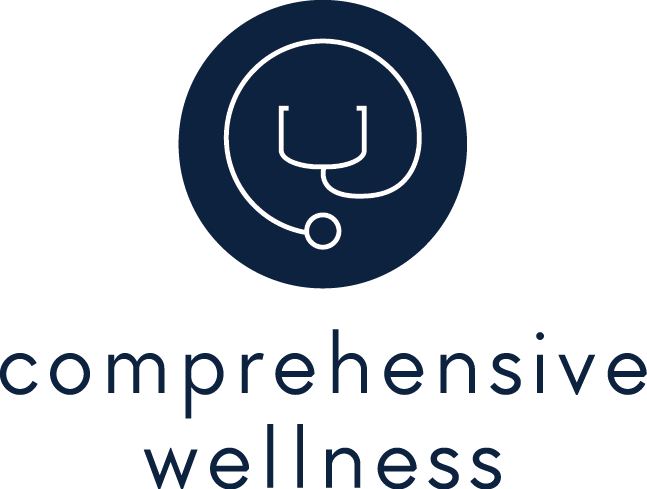Beyond Pros & Cons:
How to Think About Making A Difficult Decision
My research into (and love) of decision-making began when I was a graduate student working on a breast cancer study at Mass General Hospital and Harvard Medical School. For patients who didn’t have a clear “best choice,” the doctors would outline treatment options and say something along the lines of “We think that you could do Option A or Option B and have the same survival rate. We support you either way, but the decision is yours.” This was empowering for some people and extremely stressful for others.
These types of difficult, and deeply personal, decisions are not limited only to the medical world. We encounter them in many different areas of our lives. Should I take Job A or Job B? Should we move or stay where we are? Should I go to College A or College B? And just like the patients in our study, some people find this empowering and others find it overwhelming and stressful.
Part of what makes these types of decisions difficult is not having process that works (i.e., getting to a decision that you can live with and feel good about). Most of us learn to make decisions using tools (like pros & cons) and when those methods don’t get you a final decision, then what? In working to answer that “then what?” I spent years using qualitative and quantitative ways of understanding how and why people made decisions and—most importantly—how to support someone making a difficult decision. That work resulted in the five step structured approach called Decide For Yourself.
If you are struggling with a decision, here are seven general decision-making tips to consider:
1. A deadline helps. If you don’t have an external one, give yourself an internal deadline and stick with it.
2. Try not to censor yourself. Make a decision based on what is important to you, not what others think you should do.
3. Stop researching at some point. We will always have to deal with uncertainty and imperfect information—no matter how much research we’ve done.
4. Make one decision at a time. Sometimes decisions can get jumbled together like a bowl of spaghetti, it helps to pull them apart and tackle them individually.
5. Use an analytical approach and then check your gut instinct. We’re partial to the Decide For Yourself process, but research shows that going through any analytical process informs your gut instinct and makes it more reliable.
6. Be clear on the trade-offs. Accept those you can’t do anything about and mitigate those you can.
7. Once you decide, dive in with both feet. Don’t torture yourself with what-ifs —research shows that once you commit to a decision and make it yours, it builds positive momentum.

Maria Carson Breber developed her proprietary decision-making method, Decide for Yourself, based on 25 years of experience and research. She started Decide LLC to share her decision-making method with people and businesses everywhere.
